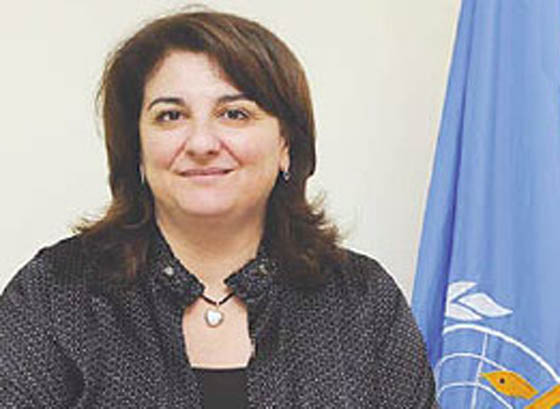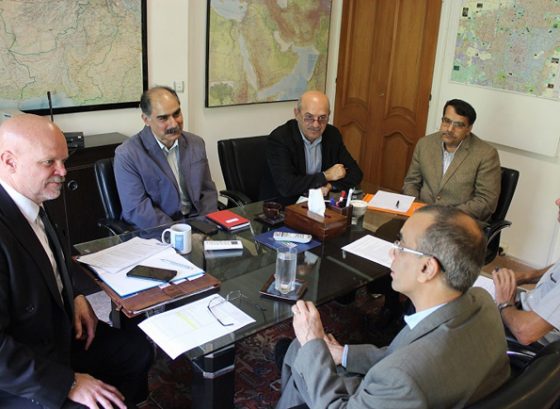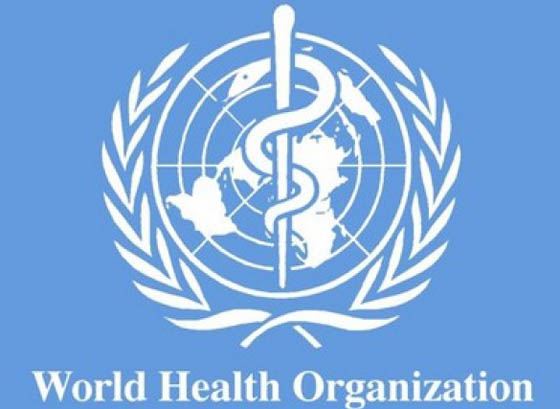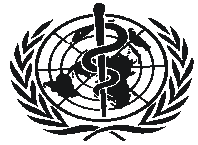The Second UN Global Road Safety Week

Speech of Dr.Jihane Tawilah, WHO Representative in the I.R. of Iran on occasion of the Second UN Global Road Safety Week, 6 – 12 May 2013, AVA Diplomatic Reports.Excellencies, distinguished colleagues, ladies and gentlemen,
It gives me great pleasure to celebrate for my second year in Iran, the Road Safety week and the 2nd anniversary of UN Decade of Action.
I would like to thank Dr Emami Razavi, Deputy Minister for Curative Affairs and the head of Emergency Management Center, Dr Talebian, for involving WHO in this event.
As you are kindly aware, the last Global status report on road safety was launched in March 2013. The news may be reassuring for 88 countries including Iran which managed to reduce the number of deaths, including pedestrian deaths, on their roads. This shows that prevention is possible. However, the toll of road traffic crashes remains very high claiming 1.24 million lives across the world every year. Half of these deaths are among pedestrians, cyclists and motorcyclists, i.e. “vulnerable road users.”
In WHO Eastern Mediterranean Region pedestrians account for 28% of road deaths annually. This makes our region rank second among WHO regions in the proportion of pedestrians deaths out of all road traffic deaths (28%), after the WHO African Region (38%). The Eastern Mediterranean Region is responsible for 10% of the world’s road traffic deaths.
Pedestrians are endangered by unsafe driver behaviour, particularly speeding and drink–driving; poor infrastructure like absence of sidewalks, crossings and raised medians. The efficiency and quality of trauma care services is also important to save pedestrian lives.
Therefore pedestrian safety is not only about individual behaviour. It cannot be resolved by adopting a single isolated intervention but is the outcome of a number of multisectoral comprehensive actions: road safety management; safety of roads and vehicles; safer behaviour of all road users mainly drivers; improved legislation and enforcement; and strengthened post-crash care.
Dear colleagues
According to the global report, I am pleased to highlight the improvement in road safety in Iran. In the past 5 years only, the trend of death from road crash has decreased by almost 30%. We believe that this is mainly the result of changes in legislation, better road infrastructures and monitoring as well as post-crash care. Safer roads in Iran have also resulted in fewer pedestrians and passengers death. The existence of a lead agency “the Road Safety Commission” is an opportunity for scaling up efforts for even better results and achievements in future. Iran has multi-sectoral road safety strategy, which is targeting fatality reduction; what is needed now is to also work together towards reducing crashes. Continuous monitoring and integrated surveillance system highlighting risk factors is needed.
I hope that in collaboration and partnership with all stakeholders including communities, the situation of roads in Iran becomes safer towards zero casualties.
WHO as the secretariat for the Decade of Action is ready to continue supporting road safety in Iran. We are ready to provide guidance on five key risk factors: unsafe driving including speeding, failure to use motorcycle helmets, seat belts and child restraints; to improve data collection and trauma care; and to monitor progress.
I wish you safe roads.




